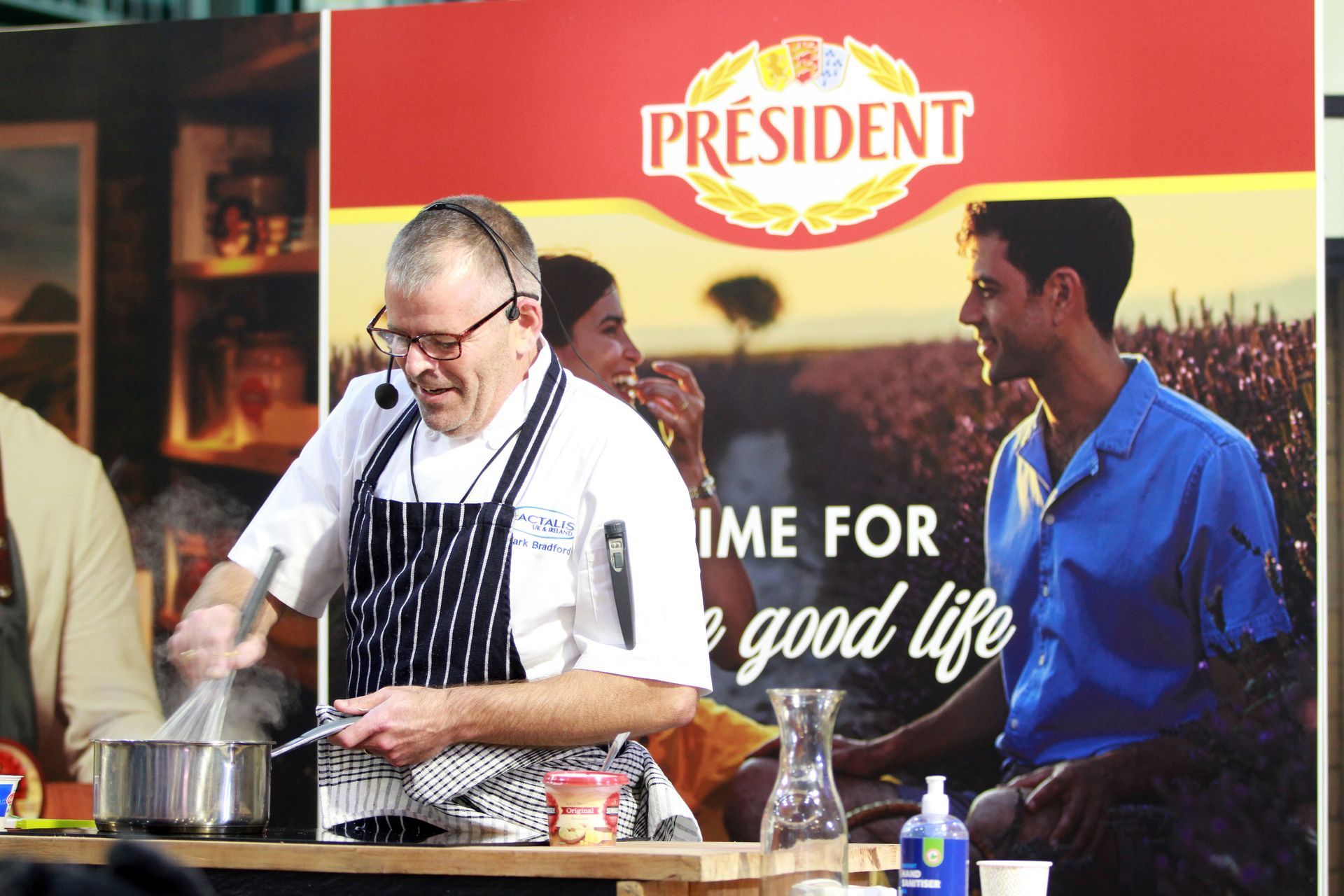Embracing the Low-Fi Theory in Live Events: A Guide to Simplistic Success
In today’s high-tech world, where digital sophistication often dictates trends in every sphere, there exists a counter-movement that seeks to strip back to basics and revel in simplicity.
In today’s high-tech world, where digital sophistication often dictates trends in every sphere, there exists a counter-movement that seeks to strip back to basics and revel in simplicity. This movement, known in the music and visual arts as "Low-Fi" (short for low fidelity), emphasizes a raw, unpolished aesthetic that celebrates imperfections as part of the experience. When applied to live events, this Low-Fi theory can transform the atmosphere and engagement of an event in refreshing ways.
Understanding Low-Fi: Back to Basics
Low-Fi in live events translates to a minimalist approach that focuses on the essence of the event rather than dazzling with technological marvels or high-budget production. It’s about creating an authentic, intimate experience that fosters a genuine connection between the performers and the audience. This concept is not just about cutting costs—it’s about enhancing the human element.
Benefits of Low-Fi Events
- Authenticity: Low-Fi events often feel more "real" and down-to-earth. Attendees might find these events more relatable and engaging, as they provide a break from the highly-manufactured and overly-curated experiences common in today’s event landscape.
- Focus on Content: Stripping back unnecessary technological enhancements ensures that the core content—whether music, speeches, or performances—shines through. This can lead to a deeper appreciation of the artists’ skills and messages.
- Increased Accessibility: Low-Fi events can be less expensive to organise and attend, making them more accessible to a wider audience. This inclusivity broadens the event’s reach and can build a more dedicated community.
- Creativity and Innovation: With fewer resources, organisers and performers are often pushed to be more creative. This can lead to innovative new ways to deliver content and engage audiences.
How to Apply Low-Fi Concepts to Live Events
- Venue Choice: Opt for unconventional or underutilized spaces that might typically be overlooked. Think old warehouses, rooftops, or local parks. These spaces often bring their own unique charm and character to an event.
- Simplicity in Production: Use basic lighting and sound systems. Embrace ambient lighting like candles or fairy lights and acoustics that complement the natural acoustics of the space.
- DIY Aesthetics: Incorporate DIY elements into the décor and setup. Handmade signs, simple seating arrangements, and manual processes add a personal touch that attendees often appreciate.
- Engagement Over Spectacle: Plan activities that encourage interaction among attendees. Workshops, open mics, and group discussions can transform passive spectators into active participants.
- Eco-friendly Practices: Low-Fi aligns well with sustainability. Use recycled materials, digital tickets, local food vendors, and encourage public transportation to reduce the event’s environmental impact.
Conclusion
Adopting the Low-Fi theory in live events isn't just a nod to nostalgia or a trend; it’s a conscious choice to prioritize substance over flash, connection over spectacle. It’s about crafting experiences that resonate on a human level, proving that sometimes, less truly is more. This approach not only fosters a deeper engagement with the audience but also stands out in a sea of high-tech, high-budget events, offering a unique and memorable alternative.





2 Princes Square
Harrogate HG1 1LX
Copyright © 2024 Creating Drama Ltd
All Rights Reserved. No part of this website may be reproduced or distributed without prior written permission from the copyright owner
